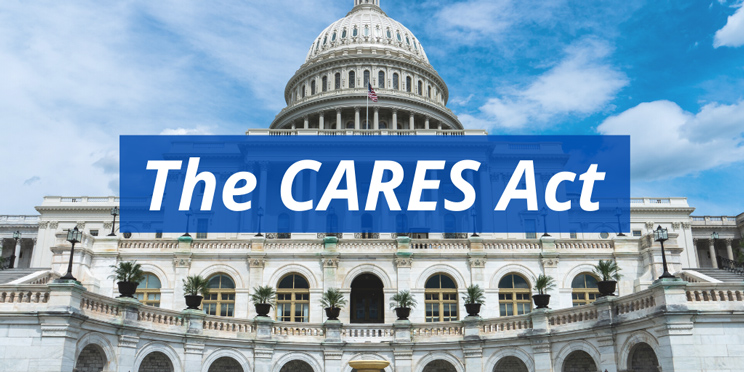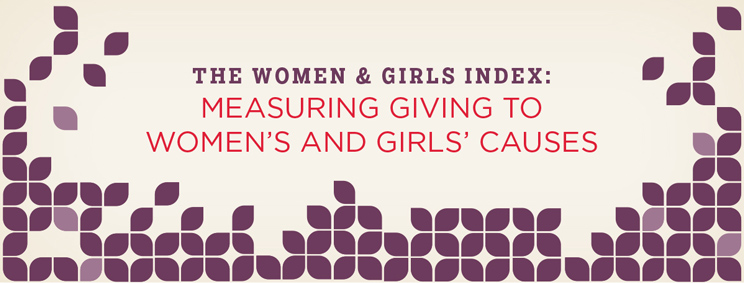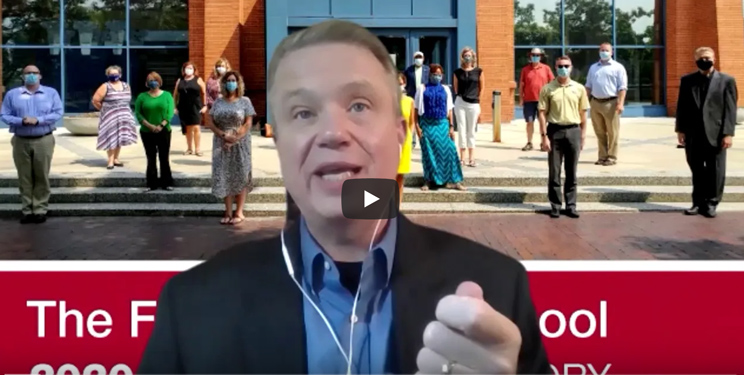I'd like to think that in our pandemic year "we are all in this together," and that like George Bailey who turned away from suicide in It's a Wonderful Life, our eyes open to the difference we make for those around us as we rejoice in a community where each of our dignities is affirmed.
But in reality, the pandemic has had a disproportionate impact on those who had fewer means and less status before the crisis. And as we read in Deaths of Despair, suicide and other diseases of self-abuse now kill more Americans without college degrees than heart disease.
It is hard to end the year by counting our blessings and affirming an overlooked community that has been there all along. The 2020 epiphany is more sobering. We have been actively undermining our civic life, and there is not much left of it.
We have "broken bad" and hardly even noticed it, like the school teacher in the popular television series, Walter White, who becomes a methamphetamine kingpin, justifying his transgressions by the economic value and the private possibilities they generate.
We have encouraged accumulation by those who have developed the most economic value, assigning them greater dignity at the expense of those who have less monetary value to contribute. But who decided that merit was the measure of human dignity? Indeed, the first use of the word "meritocracy" was to warn against arranging our society according to perceived merit.
This is the theme of The Tyranny of Merit. Michael Sandel does not merely reveal that our meritocratic institutions rarely operate as fair sorting machines, selecting winners who outdo others on a level playing field. Many of our so-called meritocratic arrangements, from universities' selections to chief executives' compensation, are not as fair as they purport to be. But even if they were, basing social ranking and evaluations of people's worth on the notion of merit creates systems and attitudes corrosive of the common good.
If the distinctions among us are purely merit-based, the winners feel justified in looking down upon those who do not quite measure up. And those who don't measure up; well, they have increasingly less reason to support an arrangement that works to diminish their dignity.
But the notion of merit is so deeply held and taken for granted. It has become the invisible currency with which we evaluate each other. What we forgot in the process is the value of the common good.
Merit-based competition does not account for a superb teacher's value who connects emerging generations to knowledge and shared perspectives that create a functioning society. Walter White's embrace of drugs and crime and his abandonment by family and community make for an eerie mirror image to George Bailey's story.
Bailey returns to his local community and family after an imaginative excursion into a dark version of his hometown that evolved without him and others who place the common good at the core of what gives their life dignity.
This simple counterpoint of these two characters searching for their place in American society separated by over a half-century of history gives you a glimpse into why Sandel's masterful book helps to illuminate so much of what takes place in the background. His exploration of how the merit we unproblematically pursue and use to signal our value to each other has moved us from It's a Wonderful Life to Breaking Bad.
So you may ask, what does this have to do with philanthropy? Well, our students will know how we still often make dubious distinctions between the deserving and the undeserving poor. Our scholars unpack the ways measurement and evaluations create unintended effects and dependencies, as we are all becoming more attuned to the power relations that attend to life in and around philanthropic institutions.
At the same time, we shouldn't fail to recognize the immense surge of generosity in response to COVID-19 worldwide and the giving to address racial justice that reveals much that remains inspiring about the human impulse to help and connect. And yet, some of the habits we had been perfecting in the run-up to the pandemic were removing humility and generosity from the ways we judged and rewarded each other.
In Sandel's book, philanthropy does not make a formal appearance, but its absence is palpable as he writes:
"The meritocratic conviction that people deserve whatever riches the market bestows on their talents makes solidarity an almost impossible project. For why do the successful owe anything to the less-advantaged members of society? The answer to this question depends on recognizing that, for all our striving, we are not self-made and self-sufficient; finding ourselves in a society that prizes our talents is our good fortune, not our due. A lively sense of the contingency of our lot can inspire a certain humility. … Such humility is the beginning of the way back from the harsh ethic of success that drives us apart. It points beyond the tyranny of merit toward a less rancorous, more generous public life." (The Tyranny of Merit, 227)
Though diminished, the possibility of generosity in our public life offers hope as we look to a new year. And suppose you are fortunate enough to have the comforts and possibilities this holiday season to experience the sagas of George Bailey and Walter White.
In that case, I recommend that you bring Michel Sandel along, as his diagnosis could very well help us find useful therapies for a more philanthropic ethos in our public life.
Best regards,

Amir Pasic
Eugene R. Tempel Dean





